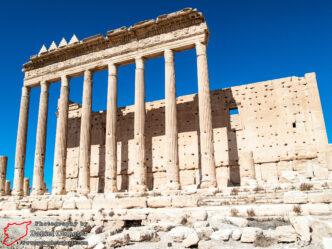
Palmyra – Temple of Bel تدمر – معبد بل
One of the most impressive monuments in Syria is the magnificent Temple of Bel (معبد بل). Located in the southeastern quarter of …

One of the most impressive monuments in Syria is the magnificent Temple of Bel (معبد بل). Located in the southeastern quarter of …
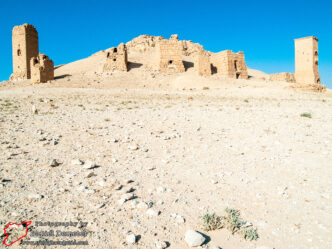
Surrounding the ancient city of Palmyra (تدمر) is a vast necropolis (مدافن) featuring hundreds of Roman-era tombs, one of the most fascinating …

The Temple of Baal-Shamin (معبد بعلشمين) is one of the most well-preserved temples in the ancient city of Palmyra (تدمر). In Semitic …
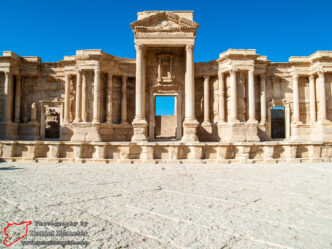
Centrally located in the acropolis of Palmyra (تدمر) are the remains of the ancient city’s theater (مسرح). Largely buried under sand until …
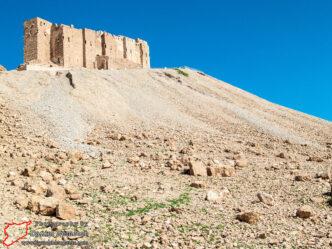
Located west of Palmyra (تدمر) and constructed with stones from its ancient ruins is the Ayyubid-era fortress Qalaat Shirkuh (قلعة شيركوه). Featuring …
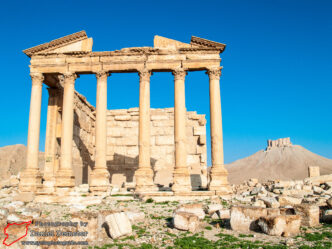
Located in the northwestern periphery of the ancient city of Palmyra (تدمر), at the end of the main colonnaded street, is a …
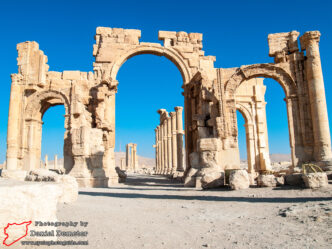
One of the most recognizable structures in the ancient city of Palmyra (تدمر) is the remarkable monumental arch (قوس النصر). Also known …
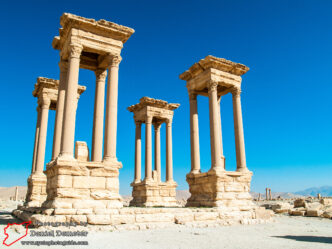
Unlike most Roman cities in the region, the ancient city of Palmyra (تدمر) did not conform to the standard city plan of …
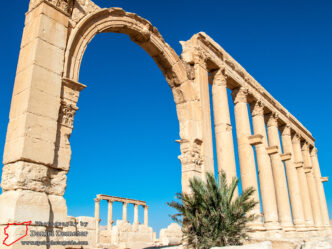
The ancient city of Palmyra (تدمر) had already been well established by the time the Romans seized control over the region, and …
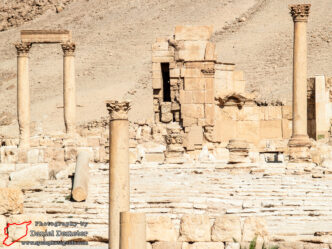
The area known as the Camp of Diocletian (معسكر ديوقلسيان) was a late Roman expansion to the ancient city Palmyra (تدمر), located …